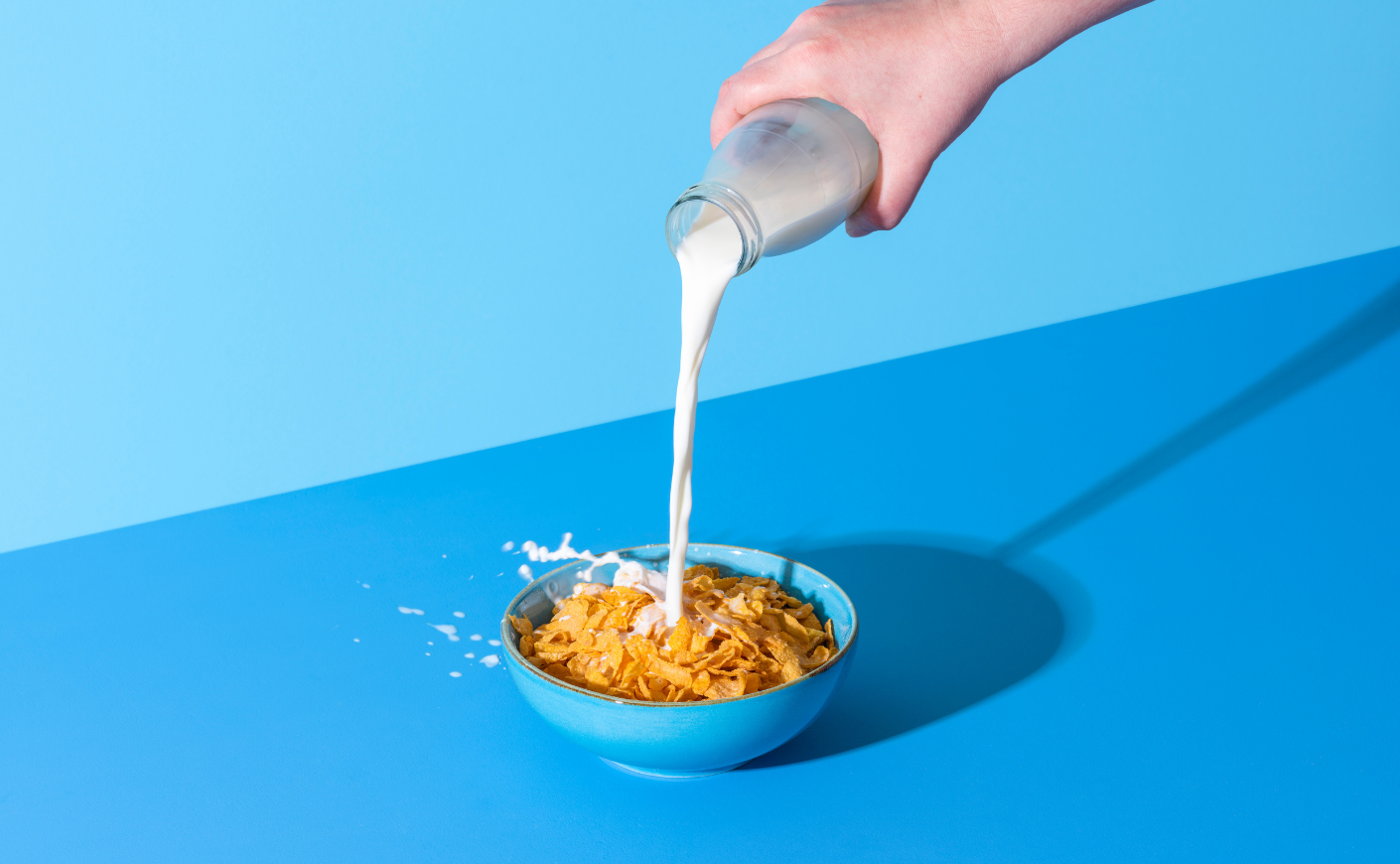Before you reach for that next bowl of cereal, consider this: A major change in food safety oversight is underway. On Monday, the Food and Drug Administration announced a pause on a key quality control program that monitors milk and other dairy products.
The decision follows widespread layoffs at the Department of Health and Human Services, which oversees the FDA, as part of the Trump administration’s broader initiative to streamline the federal government.
But that downsizing is already hitting essential operations. Among the programs being scaled back: testing for bird flu in dairy products and screening for harmful pathogens like Cyclospora in other foods.
Here’s what’s changing, plus what it could mean for your next trip to the supermarket.
What’s going on?
According to Reuters, the FDA’s Division of Dairy Safety has paused its testing of Grade A dairy products, including pasteurized and raw milk, cheese, and yogurt. Until now, these products were required to meet the agency's strictest sanitary criteria before hitting shelves at your local grocery store, but that oversight is currently on hold.
So, how does the process normally work? The FDA sends milk samples — some deliberately contaminated — to labs at dairy processing plants to test their ability to detect potential hazards. It’s a crucial checkpoint designed to keep unsafe products from reaching consumers. But with the program now in limbo, questions are growing about the strength of safety oversight in the dairy supply chain, especially if the pause drags on.
Why the sudden change?
The agency’s food safety and nutrition division has been hit hard by workforce cuts. Most affected is the Division of Dairy Safety, housed in the FDA’s Moffett Center Proficiency Testing Laboratory, which announced it can no longer support key testing and data analysis.
In an internal email obtained by Reuters, the agency said it’s now “actively evaluating alternative approaches for the upcoming fiscal year” and promised to keep partner labs in the loop as plans develop.
Part of a bigger pullback?
This isn’t the only rollback in food safety oversight. On April 18, Reuters reported that the Food Emergency Response Network (FERN) — a joint program between the FDA and the Department of Agriculture — suspended its quality control program for food testing labs through at least September 30, citing staff shortages.
In an internal email, FERN’s National Program Office noted that recent layoffs at the FDA’s Human Food Program Moffett Center — including the loss of a quality assurance officer, an analytical chemist, and two microbiologists — are having an “immediate and significant impact” on the program’s operations.
The pause impacts quality standards at nearly 170 labs, many of which test for contaminants like Cyclospora—a parasite that can turn up in spinach, raspberries, and basil — and glyphosate, a widely used pesticide found in crops like barley and corn.
What’s next?
Unlike the FERN program, the FDA has not provided a clear timeline for when its fluid milk testing will resume.
While no official date has been set, a spokesperson told The Washington Post that the program will restart once it's transferred from its current location to another FDA lab — a move they described as “an effort that is actively underway.”
Whether these changes are temporary or just the beginning, one thing is clear: the future of food safety is suddenly less certain.









